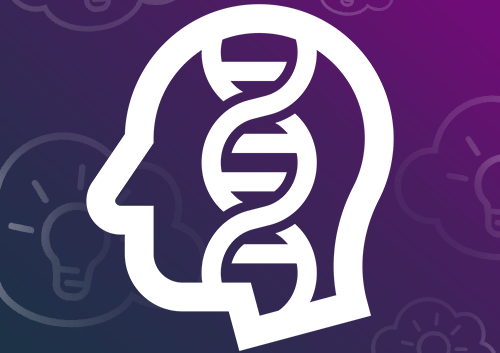- corporate
- Blog post
The neuroscience behind long-term learning
Think of a positive moment you’ll never forget. Maybe it’s a graduation, a wedding, landing your dream job. Whatever you just thought of, chances are it wasn’t a regular old Tuesday in February. Why? Because memory and novelty are closely linked.
We tend to remember big, atypical moments precisely because they’re unusual, exciting and attention getting. That last qualify — attention — plays a big part in long-term memory. Many studies have shown that topics that are captivating and directly meaningful to learners resonate and are more easily remembered in the future.
But in the workplace, not every learning experience can be as exciting and memorable as one’s wedding day. So what can research tell us about how to leverage novelty to increase learners’ memory of important information?
The research
Neuroscientists from the University of Texas wanted to identify exactly what happens in the brain when we have an attention-grabbing experience – and how it relates to long-term memory.
Here’s what they found: When we experience something truly interesting to us, an area of the brain called the locus coeruleus releases dopamine — a neurotransmitter that plays a key role in our emotions and in our ability to feel pleasure and reward. The dopamine is then received by the hippocampus — a region of the brain responsible for memory. This biological process helps to solidify the experience in our memory.
“In general, anything that will grab your attention in a persistent kind of way can lead to activation” of the memory-creating process, said the lead researcher. But to maximize the effect, the researchers suggested that something novel and unexpected, or even fun, can lead to the most significant boost in learners’ memory.
Recommendations
Here are some recommendations based on the research.
Connect the content to learners’ lives. A proven way to grab learners’ attention is to show them the meaning the material has for them personally. If you compare the new information to knowledge they already have, it will seem more familiar and, therefore, more relevant. Be sure to emphasize the potential benefits of the content. For example, if you’re teaching a sales technique that has been known to increase sales — and, as a result, commissions — make sure to highlight these benefits upfront. Illustrate how engaging in the learning process can benefit learners by making their lives easier or advancing their careers. That’s likely to get their attention.
Mix things up. When conducting a learning experience, don’t always follow the same format. Keep learners on their toes with new activities and even new forms of content (e.g. videos, podcasts or online forums). When learners know exactly what to expect from a learning experience, they can disengage or get complacent. When there’s an element of surprise, learners are more likely to pay attention and stay engaged with the content.
Consider a light-hearted ending to training sessions. The researchers suggest that adding something fun or unexpected at the end of a learning experience can trigger a dopamine release that will lock in the memory of what was just learned. So, for example, once the training session is over, consider playing a game or watching a funny video. Or give your learners free time to relax, socialize and maybe grab a cup of coffee. Unexpected and enjoyable moments like these can trigger the neurological process to help lock in learning.
Source: Tomonori, T., et al. (2016). Locus coeruleus and dopaminergic consolidation of everyday memory. Nature, 537, 357–362. doi: 10.1038/nature19325

Get a demo of all our training features
Connect with an expert for a one-on-one demonstration of how BTS Total Access can help develop your team.




